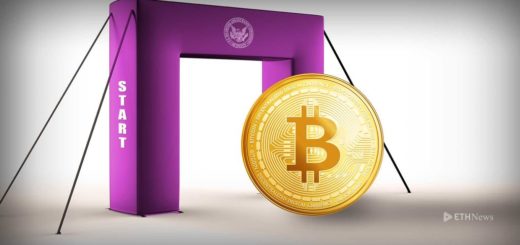SAPPHIRE Technology Jumps On The GPU Mining Train

The “money printing machine” looks to capitalize on Grin’s memory bound algorithms.
At-home graphic card (GPU) mining hasn’t exactly been a profitable move for those who want to mine and own cryptocurrency. Whether it’s ASUS’ passive mining, or Coinmine’s mining-made-easy approach, GPU mining has promised a lot, but has yet to make at-home mining a truly practical option.
This is where SAPPHIRE Technology hopes to step in with the recent announcement of its new blockchain GPU to mine cryptocurrency. SAPPHIRE highlights GPU’s ability to mine Grin, which, along with Beam, is one of two major implementations on the Mimblewimble privacy protocol.
Grin launched with two proof-of-work algorithms – Cuckaroo29 and Cuckatoo32+ – which users can choose between, depending on available GPU memory. Adrian Thompson, SAPPHIRE Technology’s vice president of global marketing, wrote in a post on Medium that the company’s new GPU will be able to mine from both algorithms in a process called «dual mining.»
Thompson explains that Cuckaroo is ASIC-resistant and will fork every six months «to thwart ASIC domination.» Cuckatoo, on the other hand, is an ASIC-friendly algorithm that won’t fork. Instead, Cuckatoo’s mining rewards will decrease 3.75 percent per month until there are practically zero returns after two years.
Most importantly for SAPPHIRE’s GPU miner, both Grin algorithms are memory bound. This means that Cuckaroo and Cuckatoo require larger amounts of memory in order to mine from each algorithm, in contrast to something like Bitcoin’s proof-of-work algorithm, which requires a large amount of processing power to mine the coin.
According to Thompson, right now, 90 percent of GPU miners will be limited to Cuckaroo’s ASIC-resistant algorithm due to limits in standard GPU memory size. The 16-gigabyte (GB) memory size of SAPPHIRE’s GPU will allow users to «see-saw» between Cuckaroo and Cuckatoo, giving them an «early-mover advantage» for the less-crowded Cuckatoo algorithm while still maintaining a space in the Cuckaroo algorithm before its reward value drops to zero.
Overall, Thompson believes that with the GPU’s memory size and its $399 price tag (which Thompson claims is a third of the price of competing 16GB GPUs), SAPPHIRE has produced a «veritable money printing machine … provided you move fast.»
Calling this product a money printing machine might be a little misguided in the cryptosphere given the space’s history of scams, not to mention the current state of at-home mining. At the very least, SAPPHIRE’s project adds a new layer of novelty to the once-novel practice of at-home mining. Whether that’s enough to equal profit has yet to be seen.
Nicholas Ruggieri studied English with an emphasis in creative writing at the University of Nevada, Reno. When he’s not quoting Vines at anyone who’s willing to listen, you’ll find him listening to too many podcasts, reading too many books, and crocheting too many sweaters for his dogs, RT and Peterman.
ETHNews is committed to its Editorial Policy
Like what you read? Follow us on Twitter @ETHNews_ to receive the latest SAPPHIRE Technology, graphics card or other Ethereum cryptocurrencies and tokens news.

